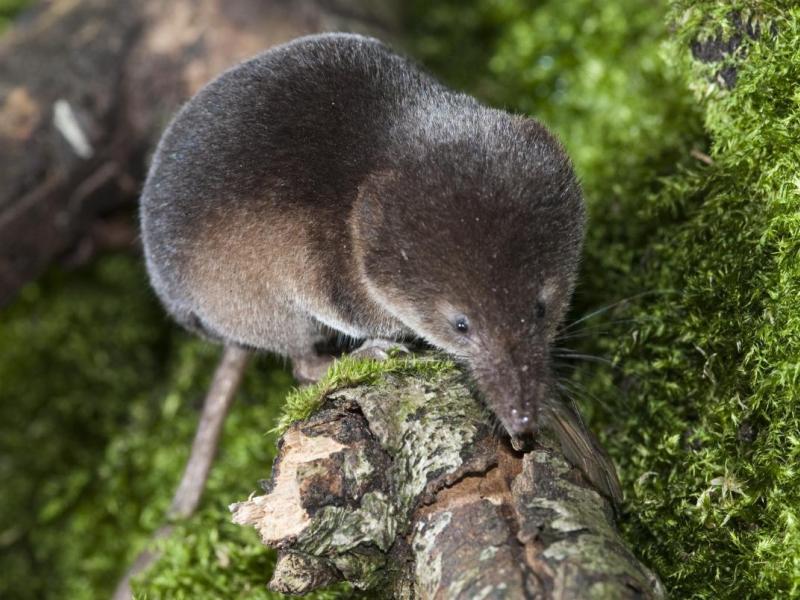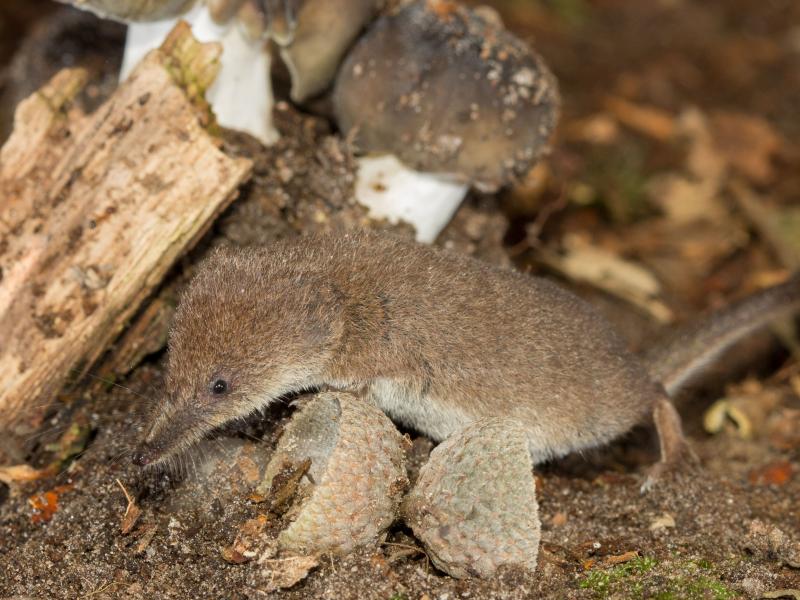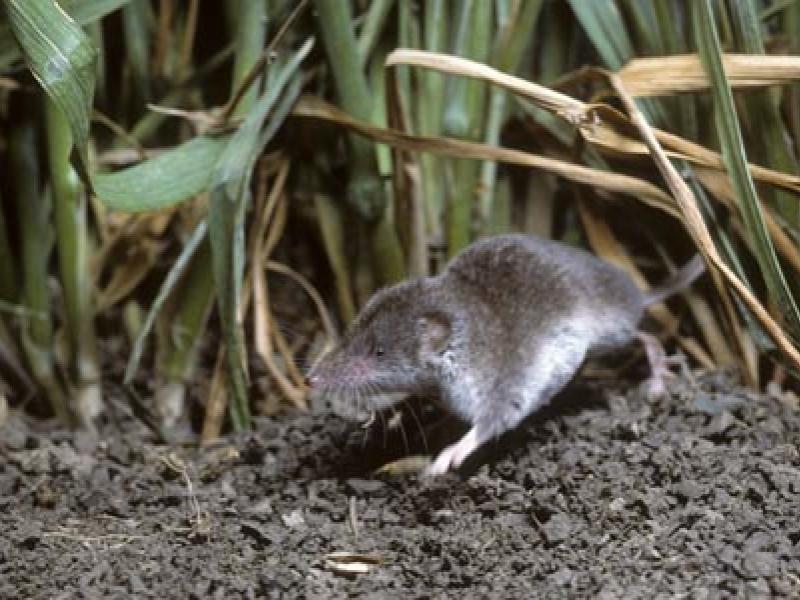Variability of mandibular length in species of shrews and Myomorpha from the province of Zeeland, the Netherlands

Author: Jan Piet Bekker
https://doi.org/10.63269/SJL5807
Abstract: Several studies have suggested that the variability in the size of shrews is less than in voles and true mice,
as shown by the range differences of the mandibular lengths, which can be used as a proxy for body size. A smaller
variability of the length of the mandibular is directly related with the variability of the total body length of micromammals. Young shrews have body-measurements almost similar to adults, whereas rodent species’ body-measurements
seem to vary more. This raises the questions as to whether the variation of the mandibular length differences in shrews is smaller than in Myomorpha and if these differences can be quantified. To address this question, a total of 6037 specimens of 14 different species of micro-mammals retrieved from owl pellets, all collected in the Province of Zeeland, the Netherlands, were analysed to determine their mandibular lengths. Using owl pellets for the sample meant that this was not a random sample, but a selection made by the owls, i.e. their preferred prey. The results reveal that the coefficients of variation of the mandibles of the shrews are significantly smaller than those of voles and other Myomorpha. For three of the species of the subfamily of the red-toothed shrews (Millet’s shrew (Sorex coronatus), pygmy shrew (S. minutus) and water shrew (Neomys fodiens)) the coefficients of variation are at least twice as small as the other - non shrew - micro-mammals. In the white-toothed shrews (bi-coloured white-toothed shrew (Crocidura leucodon) and greater white-toothed shrew (C. russula)) and the common shrew (Sorex araneus), these coefficients are also smaller, but less markedly so. The differences between the shrews and Myomorpha are also reflected in the ranges of the percentages of the mandibular lengths of shrews (90-107%), voles (68-117%) and other Myomorpha (79-119%). Factors that might explain the differences between shrews and Myomorpha are discussed in the conclusions.





